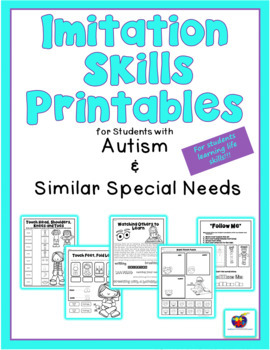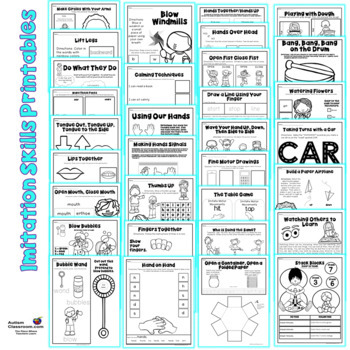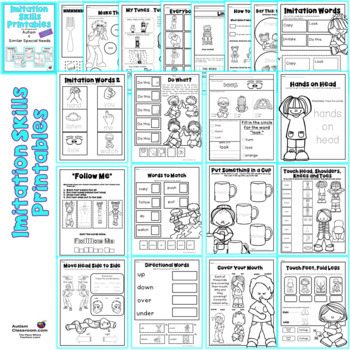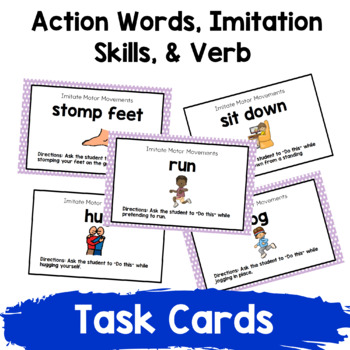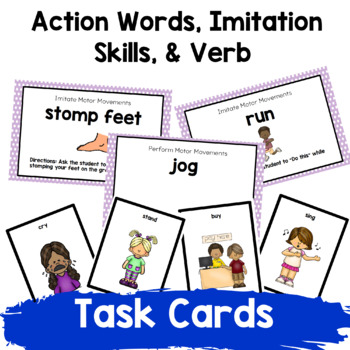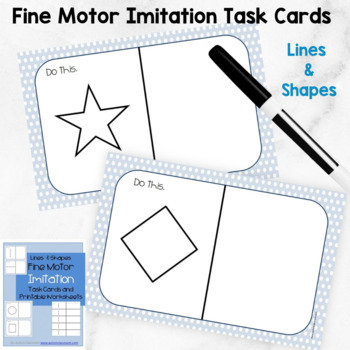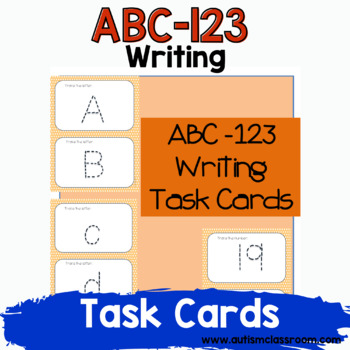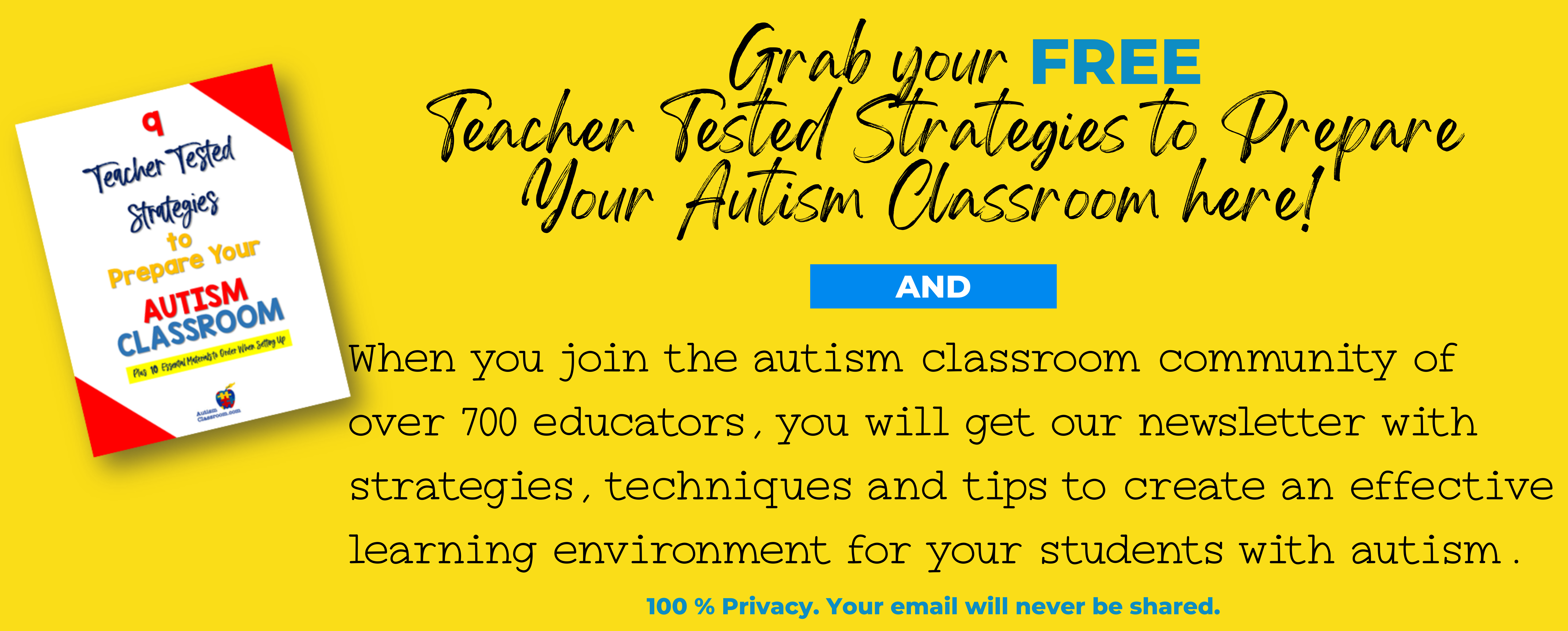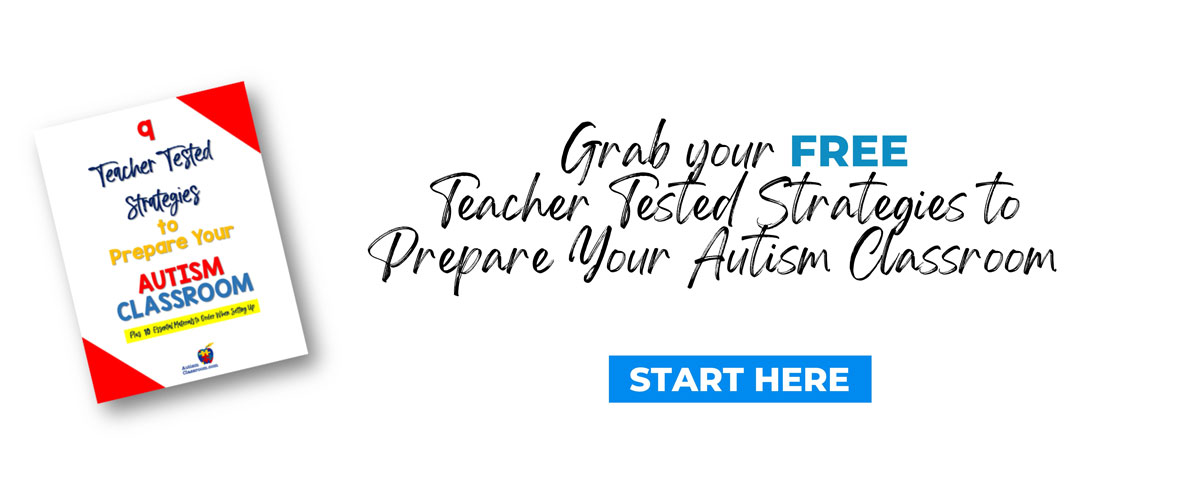Teaching Children with Autism Imitation
Imitation is one of the primary ways that children learn how to navigate the world around them. By observing and mirroring the behaviors of others, children develop the language skills and social skills needed to communicate with others. The range of skills learned through imitation is vast and includes speaking, writing, facial expressions, and body language.
Imitation can be a hard skill to develop for many children with autism. It might not come naturally for some individuals. For many students with autism copying others is a roadblock. When this happens, other areas of growth may be affected. For example, language development, play skills, interacting with peers and following instructions or directions are all impacted by a person’s ability to imitate. For this reason, teaching imitation is a big area of focus for many caregivers and educators of children with autism. The good news is that you can try to teach children with autism how to imitate others.
Why Teach Children with Autism Imitation?
Teaching children with autism imitation skills is crucial and will help them to interact with their peers. If you think about it, most imaginative play is some form of imitation. When children pretend to be doctors, teachers, or firefighters, they are imitating the actions that they have seen from adults in these professions. Playing with dolls is also a child’s way of imitating their parents or other caregivers. "Moo," "meow" and "roof-roof" is just copying animal sounds and pretending to be animals. That is another form of imitation. If children with autism are to engage in play with their peers, the need for imitation is an important one.
Children with autism will have an easier time learning social skills if they are taught how to imitate others. Social skills are primarily learned through studying and copying adults and peers. Think about it, children learn the following skills (and others) through imitation:
-how to greet others
-how to say goodbye
-how to show affection appropriately
-how to share
Perhaps more importantly, they develop social cues such as facial expressions, gestures, body language, and tone of voice through imitation. So for children with autism copying others is a huge skill to learn. While reading social cues and giving social cues might not come easily to some children with autism imitation can help them to develop these skills and interact more with others.
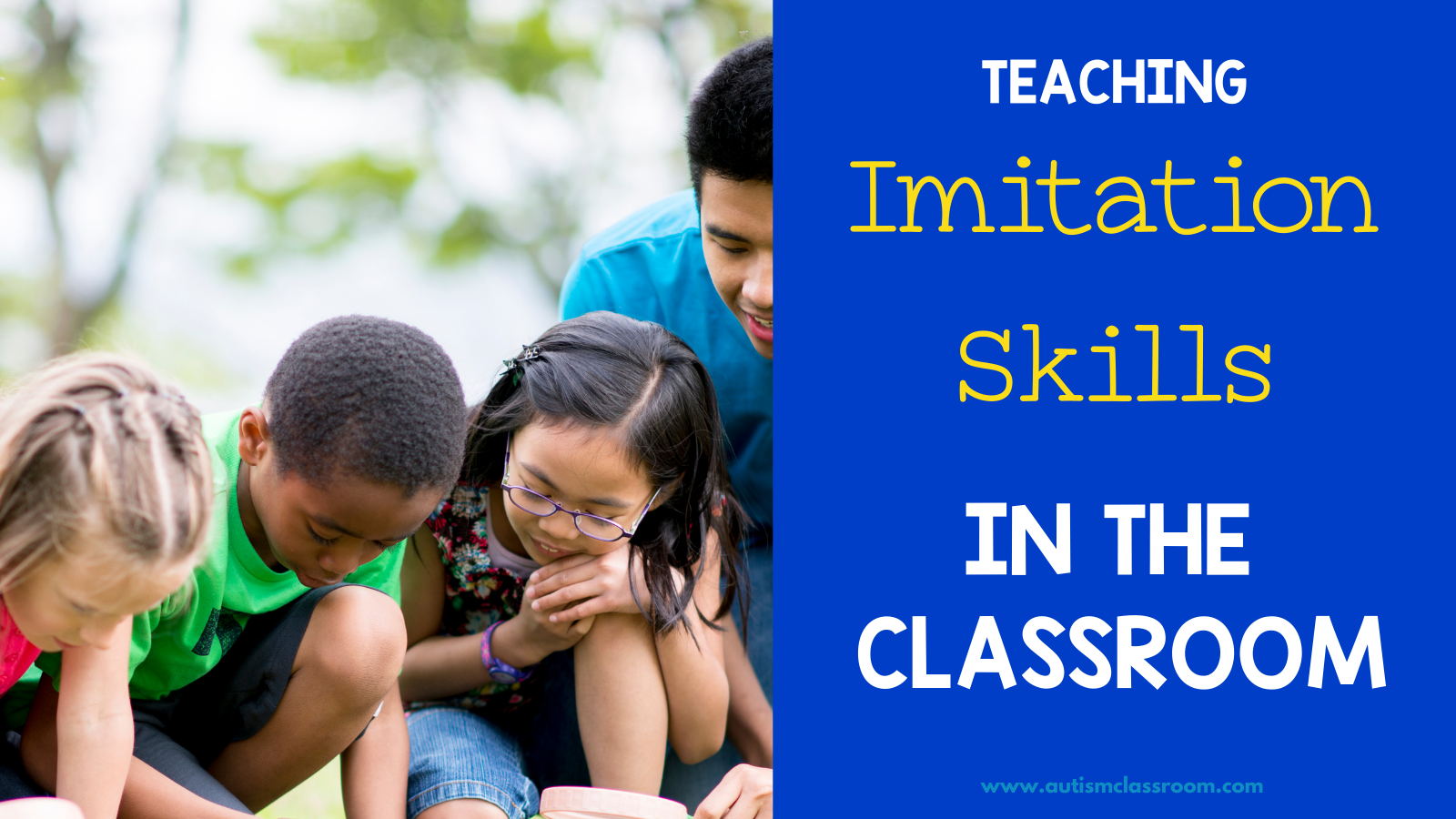
Children with autism who are able to imitate others can use this skill to help them flourish in the classroom. Imitation is necessary for children who are learning new academic skills. Children learn how to form letters and words by imitating their teachers and copying the shapes of the letters. They learn how to handle books, turn pages, and point to words through imitation. Often, young children will learn sight words by pointing to words that have been read to them and repeating the words aloud.
Older children learn skills such as sentence writing and paragraph writing by watching teachers as they model these skills and then imitating the teacher’s writing process. Many teachers practice think-aloud as they read or solve problems to encourage students to imitate their thought process. The goal is to improve the reading comprehension and problem-solving skills of the student. Since most teachers expect students to learn academic skills through imitation, it is essential that you find ways to teach students with autism imitation skills.
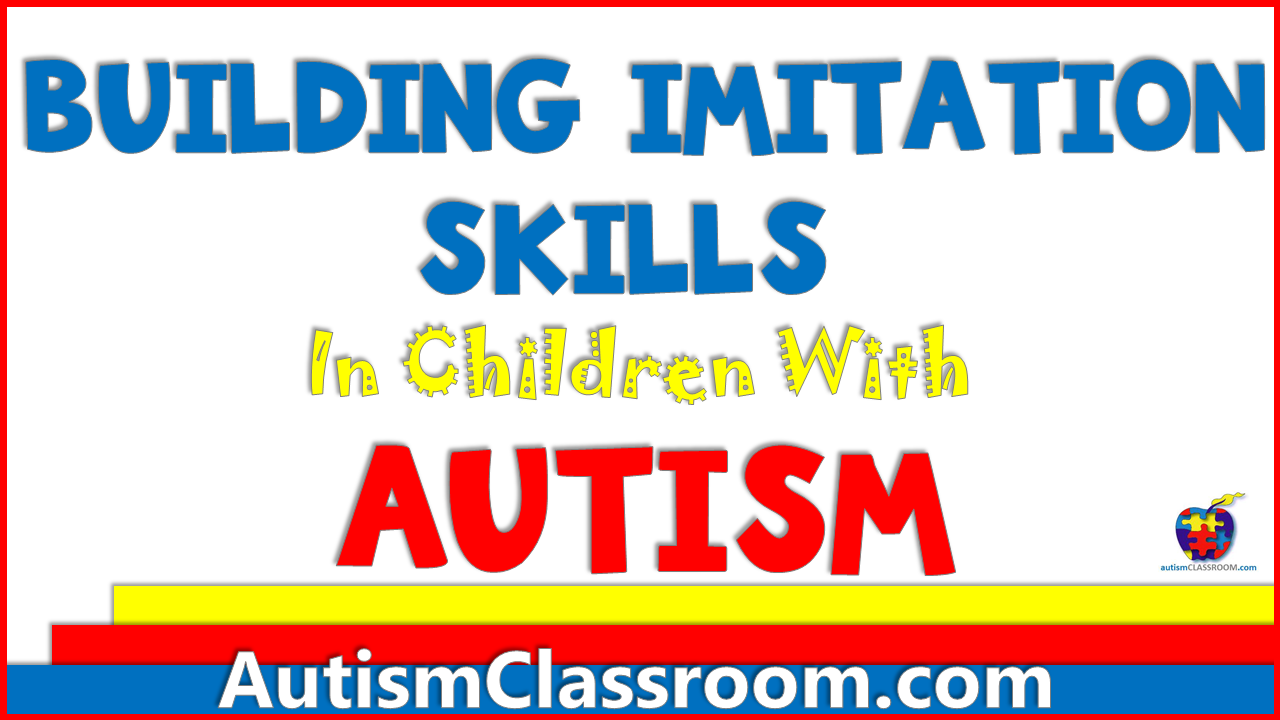
Ways to Build Imitation Skills in Children with Autism
When teaching a child imitation, it will be easier if you can establish what is called joint attention. Joint attention is when you are both focused on the same thing at the same time for social reasons. Establishing joint attention can be tricky, but activities for joint attention such as rolling a ball back and forth or using the same lump of playdough together could be a start. Once you are ready to teach imitation skills, think of a way to reward your student when they attempt to imitate your actions and words. Positive reinforcement will help students remain engaged as they develop their imitation skills. Here are 4 techniques to try:
- Physically Guide Children: One way to teach imitation to younger children is to physically guide them through the process. Try modeling a movement and then gently guiding the child’s hand to help them copy the movement. For example, touch your nose and then guide the child’s hand to touch their own nose. Be sure to demonstrate excitement and reward your student every time they imitate your actions.
- Imitate Them: Children can learn how to imitate others when their own actions are imitated. When teachers, parents and caregivers engage children by imitating their actions, they are teaching children how to imitate. Gain your student's attention and then imitate one of their actions. If they pick up a toy and shake it, you pick up a toy and shake it. If they (in a fun manner, associated with a tantrum or meltdown) spin in a circle and fall to the floor, them you spin in a circle and fall next to them. If they flip through a book, pick up the book and flip through it. For that moment, instead of the child with autism copying others, they may begin to see the impact that they have on the world around them as you repeat what they do. Be sure to remain excited and playful throughout these interactions. After a few rounds of imitating your student, introduce your own movement and wait for them to imitate you. Praise and reward them for copying your behaviors. This will help children to see imitation as a form of play and bonding. The hope is that eventually, they will learn to engage others through imitation.
- Teach Imitation Through Games: Many games are designed to promote imitation. Alot of them also promote joint attention. Songs such as “Head, Shoulders, Knees, and Toes” encourage children to copy your motions as they sing along so that for children with autism copying others becomes a game. Other games like Simon Says teach students to follow the leader. Play these and other imitation games with your students. If they have difficulty copying your motions, physically guide them and reward them when they copy the behaviors. Eventually, you can phase out the physical guidance and they will be able to imitate independently during these games.
- Teach Imitation Through Workbooks and Worksheets: Workbooks and worksheets are great ways to teach children concrete imitation skills. Worksheets can be used to teach children to recognize imitation words such as copy, repeat, and follow. Parents and teachers can use worksheets to teach structured lessons that address skills like copying movements, tracing letters and words, and imitating expressions. Pictures and instructions in imitation workbooks help students to work through and practice different forms of imitation. Autism Classroom has a set of worksheets about imitation that can be found here.
Resources to Build Imitation Skills
Help your child learn to follow others by routinely teaching imitation skills at home and at school.
The workbook to promote activities for joint attention and imitation skills.
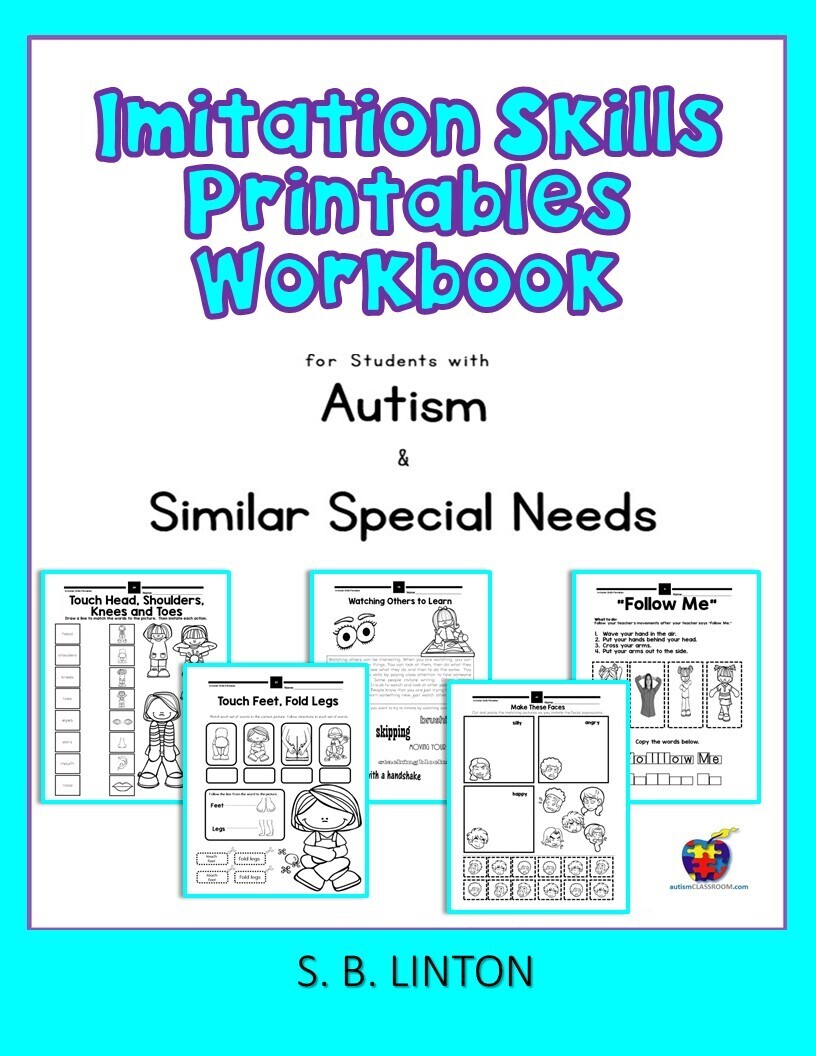
A few more resources from Autism Classroom to help attempt to teach imitation skills.
Product Link for Imitation Skills Task Cards
Product Links for Fine Motor Imitation Resources
Links to Articles about Imitation
Imitation Skills Link #1
Imitation Skills Link #2
Imitation Skills Link #3
Links to Related Information on AutismClassroom.com
Play Activities for Children with Autism
Language Skills for Children with Autism
Encouraging Communication

